Photo essays have been around for a long time ~ they are a series of photos, sometimes with captions, descriptive and/or explanatory text. Usually photo essays illustrate something that is more immediately knowable through an image, often by evoking an emotional response, but often also by showing. A photo essay structures a collection of images either in a specific order to illustrate the progression of events, emotions, and concepts OR thematically to illustrate concepts. 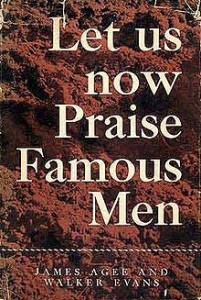 Photojournalists and photographers create photo essays and intuitively portray lived experiences; social scientists create photo essays and explicitly explore and represent lived experiences. One isn’t better than the other, and they are often indistinguishable.Some photo essays are only images, such as Walker Evans and James Agee’s classic work Let Us Now Praise Famous Men.
Photojournalists and photographers create photo essays and intuitively portray lived experiences; social scientists create photo essays and explicitly explore and represent lived experiences. One isn’t better than the other, and they are often indistinguishable.Some photo essays are only images, such as Walker Evans and James Agee’s classic work Let Us Now Praise Famous Men.
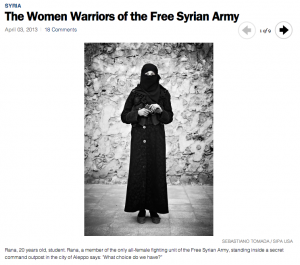 Photo journalists use this form of representation to report on events and experiences around the world. This example of Syrian women who have taken up arms captures a single idea poignantly.
Photo journalists use this form of representation to report on events and experiences around the world. This example of Syrian women who have taken up arms captures a single idea poignantly.
Photographers, like Lauren Greenfield, uses images to illustrate our own culture, especially youth culture in America. 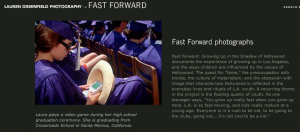 In Fast Forward, she captures the contrast between kids growing up in Los Angeles living lives of affluence and poverty, all in a sped up world.
In Fast Forward, she captures the contrast between kids growing up in Los Angeles living lives of affluence and poverty, all in a sped up world.
Some photo essays use constructed images to tell a story, as in Hungry Planet: What the World Eats, an essay illustrating how globalization, migration and rising affluence are affecting the diets of communities around the globe by focusing on 30 families in 24 countries. Each chapter of the book features a portrait of a family, photographed alongside a week’s worth of groceries. There are many images of families food shopping, cooking and eating, but the primary images are staged ~ the family in the background, and the food they eat in the foreground. Text describes the details or the week’s food, including the cost of the food.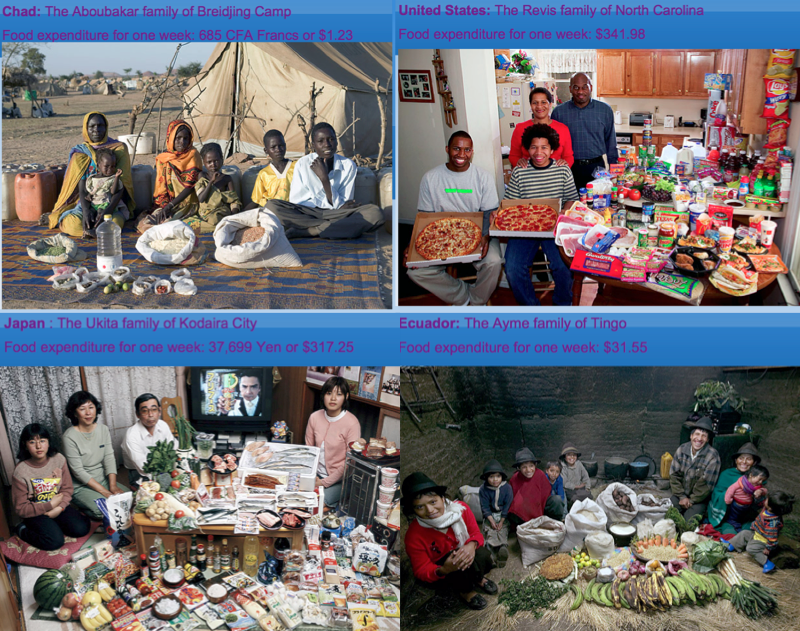
Photo essays can also be collaborations, multiple photographers/researchers working together. High school students in LA used photography to explore immigration in their communities.
Sophisticated uses of media allow for combinations of photographs, texts, and infographics (including interactive formats), a less static form of photo essay. An excellent example of this is Segregation Now, which looks at resegregation of schools in the U.S. south, Tuscaloosa specifically.
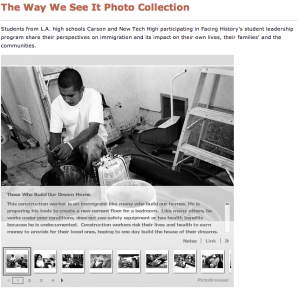
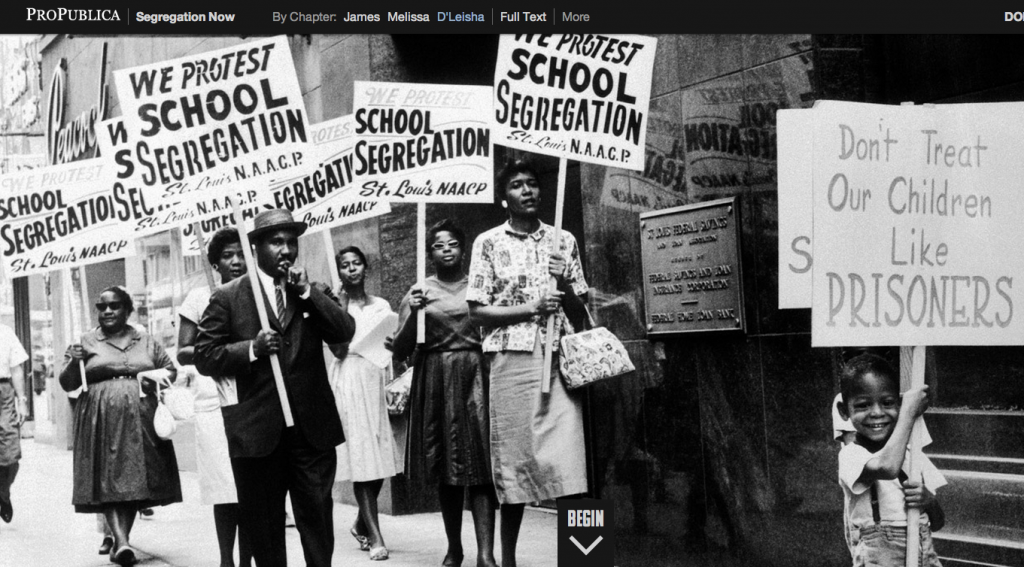
 Follow
Follow
